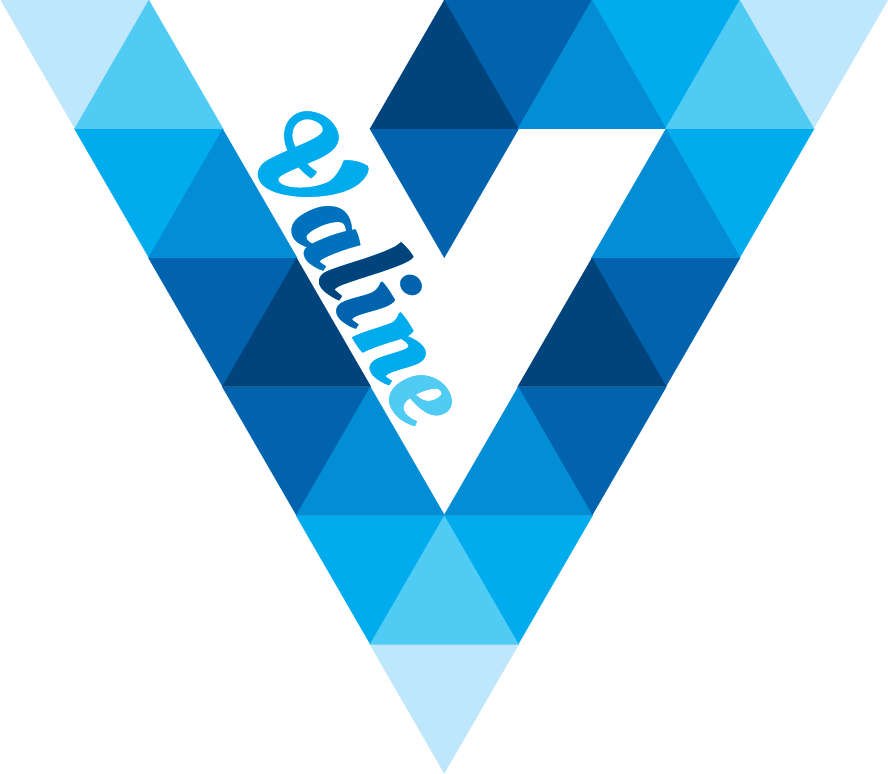Used in Gatsby
Valine can be embedded to Gatsby pages with gatsby-plugin-valine
This plugin comes with TypeScript support (as written in TypeScript), and currently supports Gatsby v2 only.
Install
Download & install the npm package with:
npm install --save gatsby-plugin-valine # Or with yarn yarn add gatsby-plugin-valine
Add the plugin into the
gatsby-config.jsscript of your project:// gatsby-config.js { module.exports = { plugins: [`gatsby-plugin-valine`], }; }
The plugin supports options defined in
gatsby-config.js, which looks like:// gatsby-config.js { module.exports = { plugins: [ { resolve: `gatsby-plugin-valine`, options: { appId: `LEANCLOUD_APP_ID`, appKey: `LEANCLOUD_APP_KEY`, avatar: `robohash`, }, }, ], }; }
How To Use
After installing the plugin, just import and add the <Valine> component wherever it fits.
For example, if you want to add the comment feature below every blog post in a Gatsby site built upon the gatsby-starter-blog[https://www.gatsbyjs.org/starters/gatsbyjs/gatsby-starter-blog/] template, just add the following codes into src/templates/blog-post.js:
import Valine from 'gatsby-plugin-valine' // import the module
...
const BlogPostTemplate = ({ data, pageContext, location }) => {
...
return (
<Layout location={location} title={siteTitle}>
...
<!--Adds Valine component at the end of the page-->
<Valine appId="LEANCLOUD_APP_ID" appKey="LEANCLOUD_APP_KEY"/>
</Layout>
)
}
Note that in the example above, the values of appId & appKey are assigned as props to the <Valine> tag. Other Valine Options can be set in this way as well.
On the other hand, however, if the inline-style looks redundant and messy to you (say, Valine needs to be embedded into multiple unique pages), you can always set global Valine Options via plugin options.
The local options (assigned as component props) will be deeply/recursively merged with the global options (those in
gatsby-config.js), and override the global ones on property conflicts, which is essentially alodash mergeoperation.
Valine Options
As stated in former sections, Valine Options can be assigned either by plugin options or by component props.
All available options in Valine 1.4.14 are supported EXCEPT the el, which is overridden within the plugin. There is no use for setting the el option explicitly.
For more information and detailed descriptions about the Valine Options, please check out the official documentation. For TypeScript developers, Valine component props are well-commented in Chinese, so that can be easily viewed in code editors.
Below is a quick reference of supported Valine Options, described in a TypeScript style.
appId?: string
appKey?: string
placeholder?: string
path?: string
avatar?: '' | 'mp' | 'identicon' | 'monsterid' | 'wavatar' | 'retro' | 'robohash' | 'hide'
meta?: ('nick' | 'mail' | 'link')[]
pageSize?: number
lang?: string
visitor?: boolean
highlight?: boolean
avatarForce?: boolean
recordIP?: boolean
serverURLs?: string
emojiCDN?: string
emojiMaps?: Record<string, string>
enableQQ?: boolean
requiredFields?: ['nick'] | ['nick', 'mail']
Styling Component
<Valine> supports style and className props for component styling.
The custom CSS styles & classes are applied to the Valine’s container element, i.e. to the very element with the v class. Custom classes will precede the v class.
Powered By xCss.
